Filter by
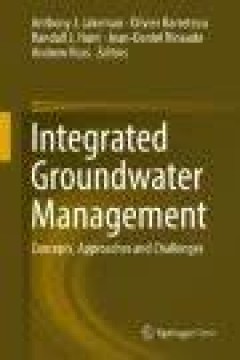
Integrated Groundwater Management
The aim of this book is to document for the first time the dimensions and requirements of effective integrated groundwater management (IGM). Groundwater management is a formidable challenge, one that remains one of humanity’s foremost priorities. It has become a largely non-renewable resource that is overexploited in many parts of the world. In the 21st century, the issue moves from how to si…
- Edition
- 1
- ISBN/ISSN
- 978-3-319-23576-9
- Collation
- -
- Series Title
- -
- Call Number
- XIII, 762
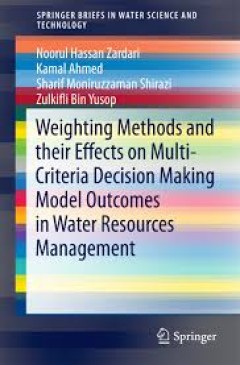
Weighting Methods and their Effects on Multi-Criteria Decision Making Model O…
This book provides a systematic way of how to make better decisions in water resources management. The applications of three weighting methods namely rating, ranking, and ratio are discussed in this book. Additionally, data mining on keywords is presented using three popular scholarly databases: Science Direct, Scopus, and SciVerse. Four abbreviated keywords (MCDM, MCDA, MCA, MADM) representing…
- Edition
- -
- ISBN/ISSN
- 978-3-319-12586-2
- Collation
- -
- Series Title
- -
- Call Number
- -
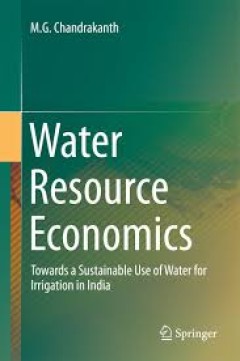
Water Resource Economics Towards a Sustainable Use of Water for Irrigation i…
This book uses resource economics costing approaches incorporating externalities to estimate the returns for the country’s irrigation and demonstrates how underestimating the cost of water leads farmers to overestimate profits. The importance of the subject can be judged in light of the fact that India is the largest user of groundwater both for irrigation and for drinking purposes, pumping t…
- Edition
- -
- ISBN/ISSN
- 978-81-322-2479-2
- Collation
- -
- Series Title
- -
- Call Number
- -
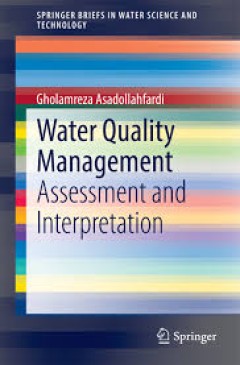
Water Quality Management Assessment and Interpretation
Considering the significance of water quality for drinking, irrigation and industry, availability of accurate and sufficient water quality data is necessary and having enough data without proper interpretation is not helpful for water quality management decisions. Hence, analysis of the existing data and prediction of future of water quality is vital. The current volume first defines the imp…
- Edition
- -
- ISBN/ISSN
- 978-3-662-44725-3
- Collation
- -
- Series Title
- -
- Call Number
- -
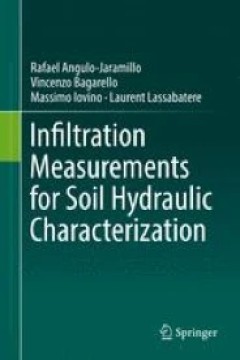
Infiltration Measurements for Soil Hydraulic Characterization
This book summarises the main results of many contributions from researchers worldwide who have used the water infiltration process to characterize soil in the field. Determining soil hydrodynamic properties is essential to interpret and simulate the hydrological processes of economic and environmental interest. This book can be used as a guide to soil hydraulic characterization and in additi…
- Edition
- -
- ISBN/ISSN
- 978-981-10-0007-2
- Collation
- XI, 386
- Series Title
- -
- Call Number
- 630 ANQ i
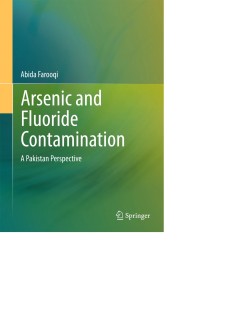
Arsenic and Fluoride Contamination: A Pakistan Perspective
This book presents an up-to-the-minute overview of arsenic and fluoride pollution of soil and groundwater in Pakistan. It includes the author’s doctoral dissertation on Lahore as a case study and describes the mechanism of pollution on the basis of the findings in that area. The book highlights the concrete situation in Pakistan – including the severity of the problem, its health effects an…
- Edition
- Ed. 1
- ISBN/ISSN
- 978-81-322-2298-9
- Collation
- XI, 147
- Series Title
- -
- Call Number
- 553.79 FAR a
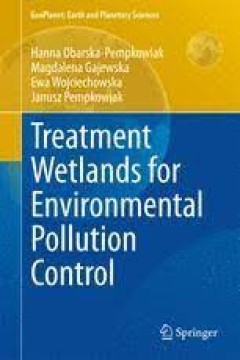
Treatment Wetlands for Environmental Pollution Control
The aim of this book is to present an overview of the state of the art with regard to the function, application and design of TWSs in order to better protect surface water from contamination. Accordingly, it also presents applications of constructed wetlands with regard to climatic and cultural aspects. The use of artificial and natural treatment wetland systems (TWSs) for wastewater treatme…
- Edition
- -
- ISBN/ISSN
- 978-3-319-13794-0
- Collation
- -
- Series Title
- -
- Call Number
- -

Forest Hydrology and Catchment Management
For the last three centuries forests have been recognised as providing the best water catchments and valued for their sustained output of high quality water. In Australia, work which was commenced fifty years ago has come to fruition and is providing new information on forest hydrology issues. The book focusses on the issues of small streams, including catchment definition, slope, hydrograph fo…
- Edition
- -
- ISBN/ISSN
- 978-94-017-9337-7
- Collation
- XIV, 268 hlm.
- Series Title
- -
- Call Number
- -
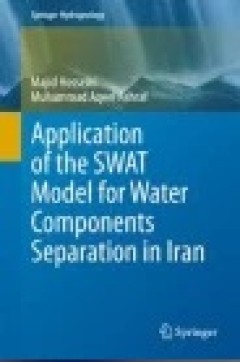
Application of the SWAT Model for Water Components Separation in Iran
Water balance studies for large and small river basins are the subject of this book. Here, the specific focus is on the soil and water assessment tools (SWAT) model coupled with geographic information system (GIS) remote sensing data for a comprehensive study. Some books available in the market provide an overview of different hydrological models for water balance but not specifically for the S…
- Edition
- Ed. 1
- ISBN/ISSN
- 978-4-431-55564-3
- Collation
- X, 105
- Series Title
- Springer Hydrogeology
- Call Number
- 551.48 HOS a
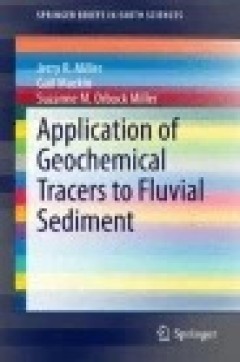
Application of Geochemical Tracers to Fluvial Sediment
This book takes an in-depth look at the theory and methods inherent in the tracing of riverine sediments. Examined tracers include multi-elemental concentration data, fallout radionuclides (e.g., 210Pb, 137Cs, 7Be), radiogenic isotopes (particularly those of Pb, Sr, and Nd), and novel (“non-traditional”) stable isotopes (e.g., Cd, Cu, Hg, and Zn), the latter of which owe their application …
- Edition
- Ed. 1
- ISBN/ISSN
- 978-3-319-13221-1
- Collation
- X, 142
- Series Title
- SpringerBriefs in Earth Sciences
- Call Number
- 551.35 MIL a
 Computer Science, Information & General Works
Computer Science, Information & General Works  Philosophy & Psychology
Philosophy & Psychology  Religion
Religion  Social Sciences
Social Sciences  Language
Language  Pure Science
Pure Science  Applied Sciences
Applied Sciences  Art & Recreation
Art & Recreation  Literature
Literature  History & Geography
History & Geography